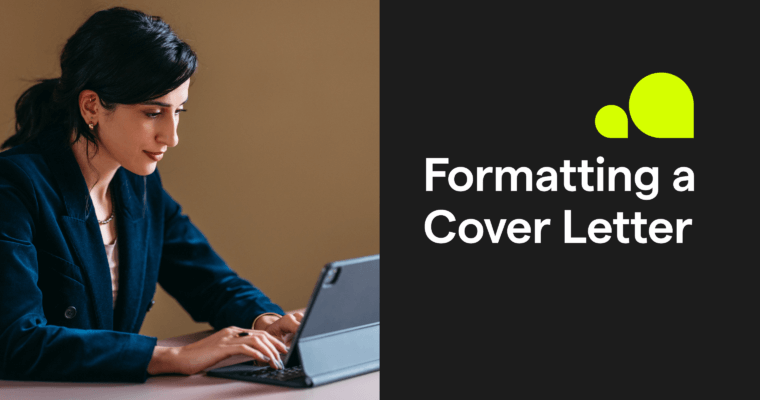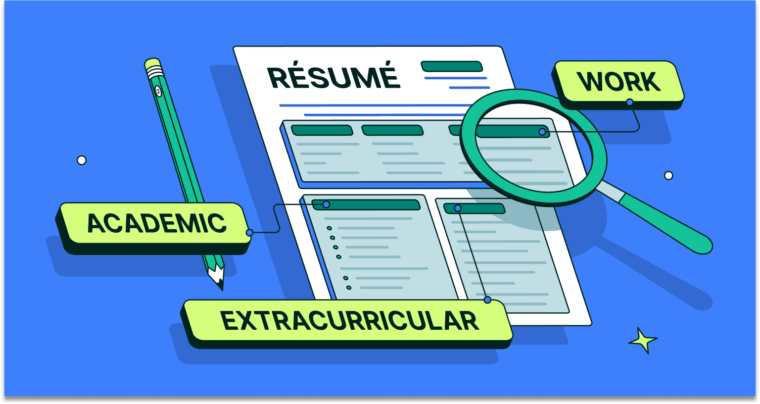
Writing job applications is a necessary evil that awaits most of us. On the plus side, applications allow us to reach for the stars—or at least for employers we would never be able to reach through recommendations or word of mouth. On the flip side, they offer the same opportunity to hundreds of other people who are also looking for a job. To make matters even worse, in this day and age you can’t use the same résumé and cover letter for every job post you see. You will see a lot of them, and you’ll send out plenty of applications, before landing a job. Employers expect personalized job applications. For you, that means either you’ll have to start each application from scratch, or you’ll need to create a template and learn how to customize it. You could also download templates, or even whole cover letters and résumés from the Internet, but that wouldn’t be smart, given how anti-plagiarism tools (like Grammarly’s) are good at noticing those kinds of things. No, customization is your best bet. If we agree that a standard job application consists of a résumé and a cover letter, let’s suppose you’ve done your research and written templates for them. Now, what?
Start With the Résumé
For the résumé, the whole idea behind the following set of tips is that you shouldn’t spend hours rewriting a résumé for each job application you send out. It’s better to focus on tailoring a few points that are proven to be important for getting your résumé into the right hands. Or any hands, as you’ll see in a moment.
Customize Your Objective
After your name and contact information, the next thing you need to include on your résumé is the objective, or the target job title. You should make sure it exactly matches the position you’re applying for. For instance, if you’re applying for a position as an assistant manager in retail, you shouldn’t write “assistant manager” as your objective—you should add the “retail” part and make it match the title of the position you’re applying for.
Do Not Forget the Summary
This is the part of the résumé that comes after the objective, and you use it to highlight your most important skills and achievements. In the summary, you should bring out only the things that have something to do with the job requirements. Those are your strongest selling points. There’s a method to this madness—recruiters don’t spend a lot of time reading most résumés. So you should give them everything they need to know about you—everything that makes you a good candidate for the job—right from the start.
Mind the Keywords
For all this work to mean anything, your résumé needs to get to a recruiter, and for that, it needs to have specific keywords. Why? Because applications are scanned by software for the most important words from the job post, and applications that don’t contain them rarely if ever get read by human beings. So you should check the original job post for specific keywords, and then make sure you include the same keywords, when appropriate, in your résumé. If the job post states that you need to be proficient in a specific program, let’s say Adobe Dreamweaver, and your résumé says you’re familiar with the whole roster of Adobe’s products, write down each individual product, Dreamweaver included. With that, you have finished customizing your résumé.
Do Wonders with Your Cover Letter
Your cover letter is the part of the job application in which you should expand on the information you gave in the résumé and do your very best to sell yourself as the perfect person for the job.
Start with the First Paragraph
The first paragraph is where you introduce yourself as a candidate for the job. You could make it about yourself, and about the job you’re applying for. Mentioning how you found out about the job is also something you should do because that’s one of the things that signals to the reader that they don’t have a generic cover letter in their hands.
Customize the Middle
Because you already customized the résumé to make it a better fit for the keywords and the job post in general, your cover letter should follow suit. Include the most important skills, traits, and experiences—probably the same ones you included in your résumé’s summary. If you can, show how your other skills support your claim of being the best candidate for the job.
Let Them Know You Listened (or Read)
Include the important terms from the job post in your cover letter. Sure, you should write about how your skills make you a great candidate and how they synergize to make you a being of pure awesomeness, but if that’s all you do, your cover letter will look far from personalized. It needs to reflect the things your prospective employer mentions in the job post because that’s how you show you’ve actually read the job post and took the time to write a cover letter specifically for this job. Just look at the job requirements as a series of problems and your skills as a series of solutions, and customize your cover letter so that it includes both. Don’t just say that you have five years of experience. Explain how their requirement of having at least three years of experience won’t be a problem for you because you have five. Make yourself an answer to their needs.






